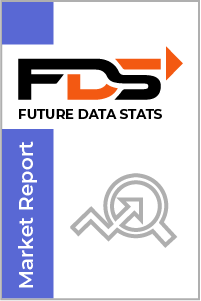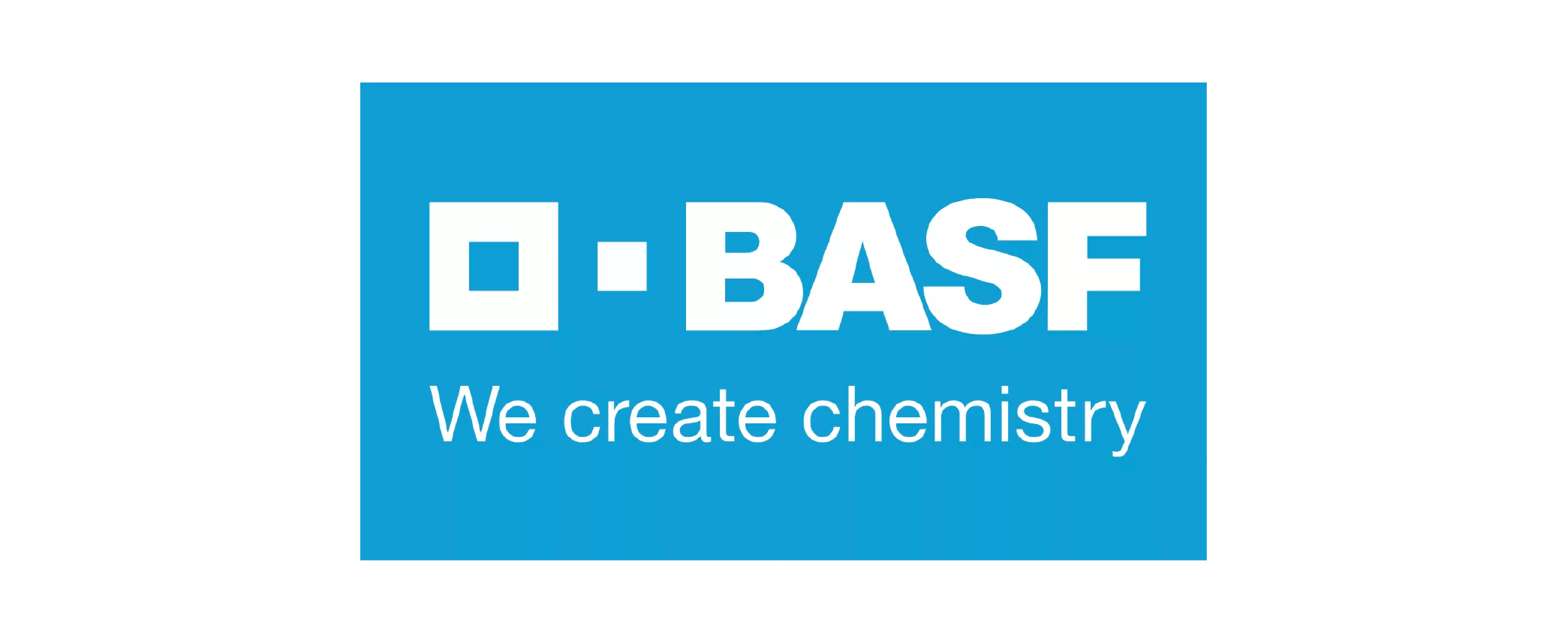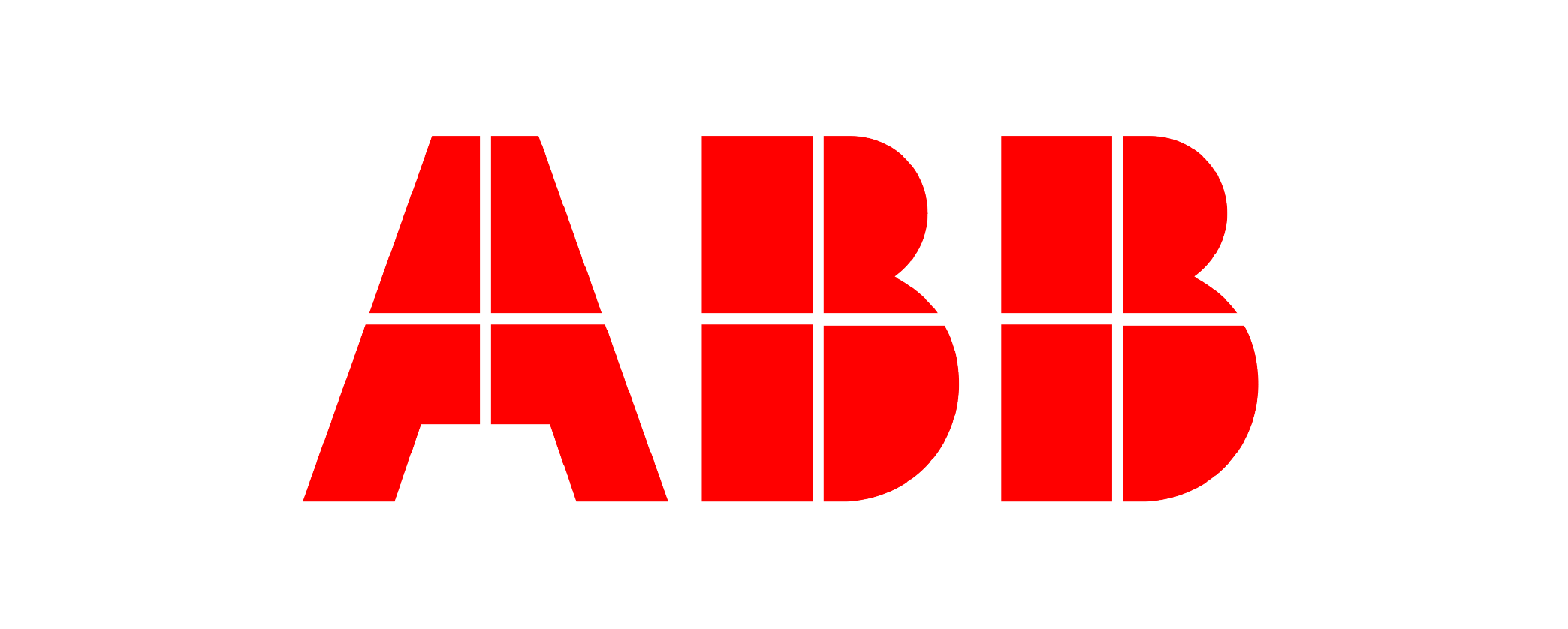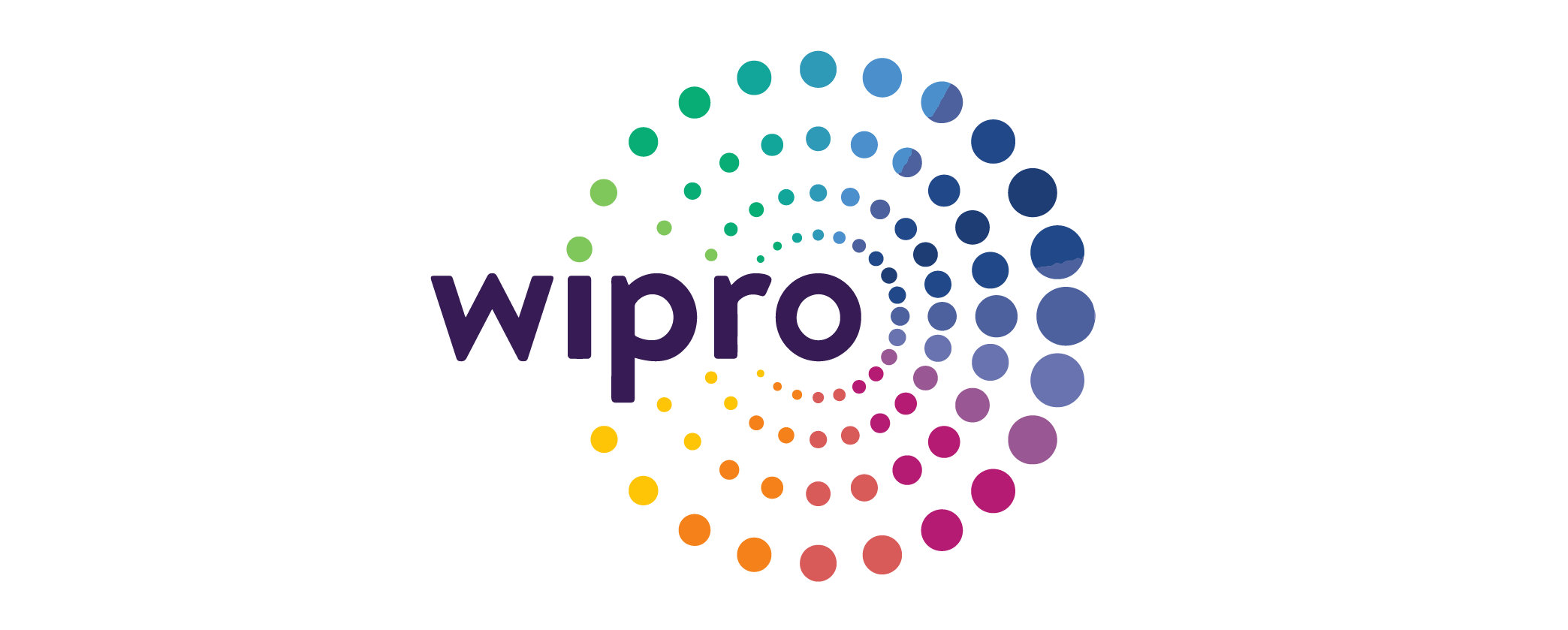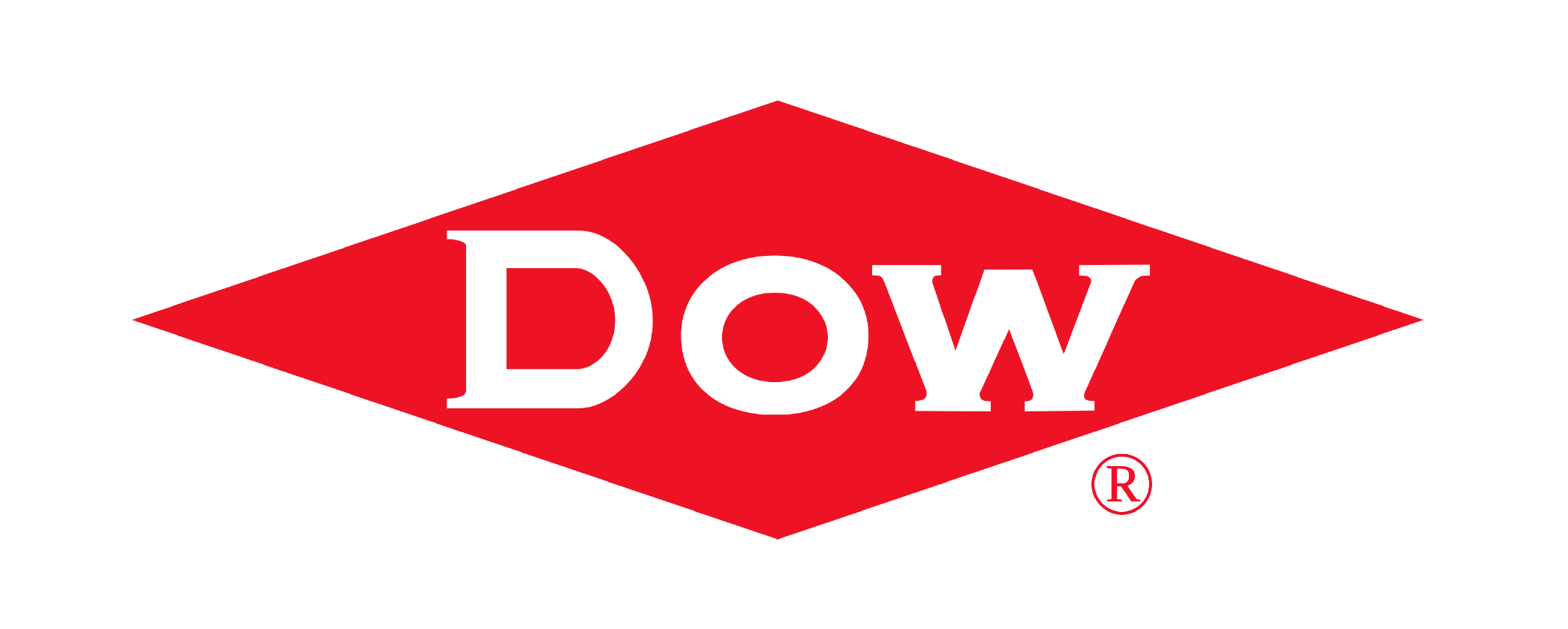The global Military Uniform Market size was valued at USD 3.0 Billion in 2024 and is projected to expand at a compound annual growth rate (CAGR) of 5.5% during the forecast period, reaching a value of USD 4.5 Billion by 2032.
The "Military Uniform Market Research Report" by Future Data Stats provides an in-depth examination of the Market landscape, utilizing historical data from 2021 to 2023 to identify key trends and growth patterns. Setting 2024 as the foundational year, the report explores consumer behavior, competitive forces, and regulatory frameworks that influence the industry. It transcends basic analysis, delivering a thoroughly researched forecast extending from 2025 to 2033. By employing sophisticated data analysis methodologies, the report not only outlines the Market's growth trajectory but also uncovers emerging opportunities and foresees potential obstacles, empowering stakeholders with vital insights to adeptly navigate the changing Market landscape.
MARKET OVERVIEW:
The military uniform market exists to provide armed forces with specialized clothing that enhances protection, comfort, and performance during various operations. It ensures soldiers receive uniforms designed to meet the demands of different environments, from combat zones to ceremonial events. By supplying durable and functional apparel, the market supports the readiness and effectiveness of military personnel worldwide. This market also drives innovation by developing advanced fabrics and designs tailored to modern warfare and training needs. It helps maintain discipline and unity among troops through standardized attire, while adapting to evolving safety standards and technological advancements. Ultimately, the military uniform market plays a crucial role in equipping defense forces with the gear necessary to perform their duties efficiently and safely.
MARKET DYNAMICS:
Manufacturers lead the military uniform market by adopting advanced materials like smart textiles and lightweight composites that improve protection and comfort. They integrate wearable technology to monitor soldier health and enhance communication on the battlefield. Sustainable fabrics gain traction as defense forces prioritize eco-friendly solutions. These innovations reflect a growing focus on combining durability with modern functionality to meet evolving military needs. Looking ahead, the market expects increased demand from emerging defense sectors and private security firms expanding worldwide. Businesses explore opportunities in customization and modular designs to cater to specialized missions and varied climates. The rise of digital sales channels also opens new avenues for reaching smaller buyers efficiently. Overall, the military uniform market offers strong growth potential as it adapts to technological progress and shifting global defense priorities.
Nations prioritize equipping their armed forces with high-quality gear that enhances performance and safety. Additionally, technological advancements in fabric production, such as moisture-wicking and flame-resistant materials, attract military organizations aiming to improve soldier comfort and efficiency in diverse environments. However, the market faces notable restraints, including budget constraints in some countries that limit procurement capabilities. Economic fluctuations can also impact defense spending, affecting uniform orders. Nevertheless, opportunities abound as military forces increasingly recognize the importance of specialized uniforms for specific missions. The rising trend toward sustainable materials offers a chance for manufacturers to innovate while meeting environmental standards, appealing to both military buyers and the public’s growing eco-consciousness.
MILITARY UNIFORM MARKET SEGMENTATION ANALYSIS
BY TYPE:
Combat uniforms represent the largest and most critical segment of the military uniform market, as armed forces worldwide seek clothing that provides protection, durability, and functionality in hostile environments. Manufacturers constantly innovate by integrating advanced fabrics that enhance camouflage, breathability, and resistance to extreme weather conditions. The growing complexity of modern warfare pushes designers to focus on lightweight materials that do not compromise safety or mobility. As conflicts evolve, demand for versatile and resilient combat uniforms continues to grow, driven by the need to equip soldiers for diverse operational theaters. Dress uniforms hold a significant place in military tradition, symbolizing honor, discipline, and national pride during formal ceremonies and official events. Governments and defense bodies invest heavily in the quality and tailoring of these uniforms to uphold an impeccable appearance. The demand for dress uniforms fluctuates less than combat wear but remains essential due to the ongoing need for representation at diplomatic and ceremonial occasions. Despite the functional focus of other segments, dress uniforms maintain their importance by combining classic design with durable materials. Physical training uniforms have gained increased attention as militaries emphasize physical fitness and readiness among their personnel. These uniforms prioritize comfort, flexibility, and moisture-wicking properties to support intense training regimens and prolonged wear. Manufacturers develop lightweight fabrics that reduce fatigue and improve athletic performance, responding to the evolving needs of defense forces. With health and wellness becoming a core part of military culture, the market for physical training apparel continues to expand steadily, reflecting broader trends toward fitness-focused uniform design.
Other types of military uniforms cover a range of specialized clothing designed for particular missions, including cold-weather gear, tactical vests, and protective wear for hazardous environments. This segment grows as armed forces diversify their operations and face new challenges in varied climates and terrains. Manufacturers explore multi-functional fabrics and modular designs that adapt quickly to different combat or peacekeeping scenarios. The expansion of unconventional warfare and special missions fuels demand for innovative uniforms that meet highly specific operational requirements.
BY APPLICATION:
The army remains the largest consumer of military uniforms due to the extensive size of ground forces and the variety of operational environments they encounter. The demand focuses on rugged, adaptable apparel capable of performing in forests, deserts, mountains, and urban settings. Modernization efforts within armies worldwide drive continuous updates to uniform technology, integrating new materials and designs that enhance soldier survivability and comfort. The army's broad mission scope ensures it sustains steady demand across all uniform categories, influencing market trends globally. Naval forces require uniforms tailored to maritime conditions, where exposure to saltwater and variable climates demands specialized materials and construction. The navy emphasizes comfort and durability for personnel operating both on ships and during shore-based duties. Uniform designs incorporate water resistance, quick-drying fabrics, and ease of maintenance. Alongside practical uniforms, naval dress uniforms hold ceremonial importance, maintaining tradition and discipline within maritime forces. Ongoing naval expansions and modernization programs further support consistent uniform procurement.
The air force prioritizes uniforms that balance professional appearance with functionality, particularly for aircrew members who spend long hours in confined cockpits. These uniforms often feature flame resistance, temperature regulation, and ergonomic fits to ensure pilot safety and comfort. Ground personnel also require durable clothing suited for maintenance and support roles. The air force’s unique operational environment and safety standards push manufacturers to innovate continuously, making this segment crucial for advanced uniform solutions. Marines and special forces demand highly specialized uniforms designed for extreme conditions and rapid deployment. These elite groups prioritize mobility, stealth, and durability, necessitating cutting-edge textile technologies and tactical features. Uniforms for these forces integrate camouflage patterns, protective elements, and adaptability for amphibious and unconventional warfare. As global security concerns grow, the focus on enhancing the operational efficiency of marines and special forces intensifies, driving market growth through investment in tailored uniform solutions.
BY MATERIAL:
Cotton remains a fundamental material in military uniform production due to its natural breathability, comfort, and versatility. It often features in dress uniforms and physical training apparel, where comfort takes precedence over extreme durability. Manufacturers continue to innovate by blending cotton with synthetic fibers to improve performance characteristics like wrinkle resistance and moisture control. Despite the rise of high-tech fabrics, cotton retains its role because of its cost-effectiveness and user comfort, especially in non-combat settings. Polyester has gained prominence for its strength, durability, and quick-drying properties, making it suitable for combat and training uniforms that endure harsh conditions. Military organizations appreciate polyester’s ability to resist wrinkles and abrasions, reducing maintenance and extending uniform lifespan. Manufacturers experiment with various polyester blends to enhance breathability and flexibility, aiming to meet the evolving demands of modern soldiers. Its versatility and ease of care contribute significantly to its adoption across different military applications. Nylon serves as a key fabric in tactical and combat uniforms due to its exceptional strength and abrasion resistance. Its lightweight nature and water-resistant qualities make it ideal for use in demanding environments such as jungles, mountains, and humid climates. Nylon enhances the durability of uniforms while supporting soldier mobility. Producers continuously explore nylon blends and treatments to optimize uniform performance under extreme operational stresses, making it a vital material for frontline gear.
Blended fabrics combine the benefits of natural and synthetic fibers, offering a balance of comfort, durability, and performance. These fabrics meet the multifaceted demands of military uniforms, delivering moisture management, stretch, and resistance to wear. Militaries increasingly adopt blended textiles to tailor uniforms for specific environments and operational needs. Innovation in fabric technology drives the development of blends that improve soldier endurance and comfort without compromising protection.
BY END USER:
Government agencies represent the primary buyers in the military uniform market, directly controlling procurement for national defense forces. These agencies set stringent quality standards, enforce compliance, and prioritize uniforms that meet operational and safety requirements. Their purchasing decisions often reflect strategic defense policies and budgetary allocations, impacting production volumes and market direction. Governments also foster collaboration with manufacturers to develop uniforms that incorporate the latest advancements in fabric technology and design. Defense contractors play a pivotal role by supplying specialized military apparel integrated with advanced protection and smart features. These firms engage in research and development to meet evolving defense challenges and support combat readiness. Contractors work closely with armed forces to tailor uniform solutions for diverse mission profiles, incorporating ballistic protection, sensor integration, and communication aids. Their involvement accelerates innovation and bridges the gap between emerging technology and practical field application.
Private security firms increasingly drive demand for military-style uniforms adapted to non-military environments. As the private security sector expands globally, firms seek reliable, professional clothing that balances comfort with a commanding presence. These organizations often require durable yet flexible uniforms to support various roles, from event security to high-risk operations. Their growing purchasing power opens new markets for manufacturers traditionally focused on government contracts.
BY DISTRIBUTION CHANNEL:
Direct sales dominate military uniform procurement, with manufacturers supplying uniforms straight to defense agencies and large organizations. This channel facilitates tailored solutions, bulk orders, and close collaboration between suppliers and clients, ensuring uniforms meet specific operational needs. Direct sales provide transparency, quick response times, and the ability to implement feedback directly into product design. This method remains essential for high-value contracts and customized uniform delivery. Distributors expand market reach by acting as intermediaries, managing inventory, and supplying uniforms to smaller defense units, private security firms, and regional buyers. They offer logistical support and localized customer service that manufacturers may not provide directly. Distributors help increase product availability and accessibility in remote or underserved areas, contributing to wider adoption of military uniforms. Their role supports diversification in end users and distribution strategies.
Online retail channels grow rapidly as digital platforms offer convenient access to military uniforms for private buyers and smaller organizations. E-commerce enables easy browsing, ordering, and detailed product comparisons, enhancing market transparency and competition. Online sales often focus on training and casual uniform segments but increasingly cater to niche operational needs. The rise of online retail introduces flexibility and speed to the uniform market, reaching new customer bases beyond traditional procurement methods.
REGIONAL ANALYSIS:
North America leads the military uniform market with strong government investments in defense modernization and advanced textile research. The region’s focus on integrating smart technologies and high-performance materials drives uniform innovation. Well-established defense infrastructure and high procurement budgets ensure steady demand across army, navy, air force, and special forces sectors. Additionally, North America’s emphasis on sustainable manufacturing practices shapes market growth.
Europe emphasizes eco-friendly fabrics and uniform upgrades for specialized military units, supported by collaboration among NATO countries. The region faces increasing defense spending due to geopolitical tensions, boosting demand for versatile and durable uniforms. Asia Pacific experiences rapid growth fueled by expanding armed forces and increased domestic production capabilities. Emerging markets in the region drive adoption of multifunctional uniforms. Latin America and the Middle East & Africa regions show steady growth, driven by modernization efforts and growing security concerns, with manufacturers adapting to diverse climates and operational requirements to meet local needs.
MERGERS & ACQUISITIONS:
- In Jan 2024: VF Corporation acquired Tru-Spec to expand its military and tactical apparel portfolio.
- In Feb 2024: Leonardo DRS partnered with 3M to develop advanced camouflage uniforms.
- In Mar 2024: Elbit Systems launched a new flame-resistant military uniform line for NATO forces.
- In Apr 2024: Safariland Group merged with First Tactical to strengthen tactical gear offerings.
- In May 2024: BAE Systems introduced next-gen smart uniforms with integrated sensor technology.
- In Jun 2024: Point Blank Enterprises acquired Armor Express to enhance ballistic uniform production.
- In Jul 2024: Rheinmetall signed a contract to supply advanced combat uniforms to the German Army.
- In Aug 2024: Crye Precision expanded its military uniform manufacturing facility in the U.S.
- In Sep 2024: L3Harris Technologies partnered with DuPont for lightweight, high-strength uniform materials.
- In Oct 2024: Austrian Armed Forces awarded Schoeller Textil AG a contract for new eco-friendly uniforms.
- In Nov 2024: Saab acquired Warrior Protection to diversify its military apparel solutions.
- In Dec 2024: Honeywell unveiled a new thermal-climate military uniform for Arctic operations.
KEY MARKET PLAYERS:
- VF Corporation
- Tru-Spec
- Leonardo DRS
- Elbit Systems
- Safariland Group
- First Tactical
- BAE Systems
- Point Blank Enterprises
- Armor Express
- Rheinmetall
- Crye Precision
- L3Harris Technologies
- DuPont (Military Textiles Division)
- Schoeller Textil AG
- Saab
- Warrior Protection
- Honeywell (Advanced Fibers Division)
- 3M (Military Apparel Solutions)
- Austrian Armed Forces (Procurement Division)
- Pepperidge Military Supplies
Military Uniform Market: Table of Contents
Executive Summary
Market Introduction
Market Dynamics
- Drivers
- Restraints
- Opportunities
- Challenges
Market Segmentation
- By Type
- By Application
- By Material
- By End User
- By Distribution Channel
Competitive Landscape
Company Profiles
Future Outlook and Trends
Appendix
References
Military Uniform Market Segmentation
By Type:
- Combat Uniforms
- Dress Uniforms
- Physical Training Uniforms
- Others
By Application:
- Army
- Navy
- Air Force
- Marines
- Special Forces
By Material:
- Cotton
- Polyester
- Nylon
- Blended Fabrics
By End User:
- Government Agencies
- Defense Contractors
- Private Security Firms
By Distribution Channel:
- Direct Sales
- Distributors
- Online Retail
By Geography:
- North America (USA, Canada, Mexico)
- Europe (UK, Germany, France, Italy, Spain, Rest of Europe)
- Asia-Pacific (China, Japan, Australia, South Korea, India, Rest of Asia-Pacific)
- South America (Brazil, Argentina, Rest of South America)
- Middle East and Africa (GCC Countries, South Africa, Rest of MEA)
WHY SHOULD YOU INVEST IN A MARKET RESEARCH REPORT?
Smarter Business Decisions:
A high-quality market research report delivers valuable insights into industry trends, customer preferences, and competitor strategies. With solid data guiding your choices, you can minimize risks and confidently pursue new opportunities—whether launching a product or expanding into new markets.
Spot Hidden Opportunities:
Market research uncovers unmet customer needs and emerging trends before they become mainstream. By aligning your products or services with these opportunities, you can stay ahead of the competition and capture untapped demand.
Know Your Competition Inside Out:
Gain a clear picture of your competitors' strengths, weaknesses, and strategies. This knowledge helps you refine your unique selling points, craft stronger positioning, and outmaneuver rivals effectively.
Sharper, More Effective Marketing:
Understanding your audience is key to successful marketing. Market research reveals who your customers are, what drives their decisions, and how they engage with brands. With these insights, you can create tailored campaigns that deliver better results and higher ROI.
Reduce Risks Before They Arise:
Every business move carries some risk—but research helps you anticipate challenges before they become costly. By analyzing market conditions and potential obstacles, you can make proactive adjustments to protect your bottom line and reputation.
Strengthen Your Case for Funding:
Investors and lenders want proof of market potential before backing a business. A well-researched report provides the data-driven evidence they need, boosting your credibility and increasing your chances of securing capital.
Stay Ahead of Industry Shifts:
Markets evolve fast, with new technologies, regulations, and consumer behaviors constantly reshaping the landscape. Regular market research ensures you stay informed, adapt quickly, and maintain a competitive edge in your industry.
RESEARCH METHODOLOGY AT FUTURE DATA STATS
At Future Data Stats, we combine decades of industry expertise with cutting-edge research techniques to deliver unparalleled market intelligence. Our team of seasoned analysts employs a dynamic, data-driven approach to uncover actionable insights, helping businesses navigate complex market landscapes with confidence.
Comprehensive & Cutting-Edge Market Analysis
We go beyond surface-level trends to provide a 360-degree view of market dynamics. Our research methodology is designed to:
✔ Accurately assess market size, growth patterns, and competitive landscapes.
✔ Identify emerging opportunities through real-time trend analysis and predictive modeling.
✔ Validate findings with high-quality data, expert consultations, and independent verification.
Our insights empower decision-makers with strategic clarity, ensuring they stay ahead in rapidly evolving industries.
Multi-Source Data Collection & Validation
We leverage a diverse mix of primary and secondary research sources, including:
- In-depth stakeholder interviews (industry leaders, suppliers, distributors, and end-users)
- Statistical databases & market reports from authoritative global sources
- Regional market intelligence to capture localized trends and demand shifts
- Proprietary analytical models tailored to specific industry needs
- By cross-verifying data from multiple streams, we ensure maximum accuracy and reliability.
Key Advantages of Our Research Approach
- Actionable Intelligence – Clear, data-backed recommendations for strategic planning.
- Technology-Enhanced Accuracy – Advanced tools for data validation and trend forecasting.
- Unbiased Insights – Independent analysis free from external influence.
Our Two-Tier Research Framework
- Primary Research – Direct Industry Engagement
- Expert Interviews: Over 25+ hours of discussions with key stakeholders across the value chain.
- Targeted Surveys: Structured questionnaires for KOLs (Key Opinion Leaders) to gauge market sentiment.
- Competitive Benchmarking: Assessing leading players to determine market positioning.
- Secondary Research – Extensive Data Synthesis
- Analysis of 3,000+ documents, including industry reports, whitepapers, and regulatory publications.
- Global & regional data mining from government databases, trade journals, and financial reports.
- Macroeconomic & sector-specific trend mapping for long-term forecasting.
Dual Analytical Approach
We employ both top-down and bottom-up methodologies to ensure precision:
- Bottom-Up Analysis: Calculating market size from granular data, ensuring detailed accuracy.
- Top-Down Assessment: Validating findings through macroeconomic indicators and industry benchmarks.
Why Choose Future Data Stats?
✔ 70+ years of collective expertise in market intelligence.
✔ Customized research models for sector-specific accuracy.
✔ Transparent, reliable, and forward-thinking insights.
With Future Data Stats, you don’t just get data—you get a strategic advantage. Partner with us to unlock the full potential of your market decisions.
Military Uniform Market Dynamic Factors
Drivers:
- Increase defense budgets worldwide
- Boost demand for advanced protective gear
- Expand military modernization programs
- Grow need for durable, lightweight fabrics
- Enhance focus on soldier safety and comfort
Restraints:
- Encounter supply chain disruptions
- Deal with strict government regulations
- Manage fluctuating raw material prices
- Struggle with limited skilled labor availability
Opportunities:
- Adopt smart textiles and wearable tech
- Enter emerging markets with growing defense spend
- Develop eco-friendly and sustainable fabrics
- Partner with private security sectors
- Innovate with customized uniform solutions
Challenges:
- Maintain uniform quality under extreme conditions
- Balance cost and performance demands
- Adapt to rapid technology changes
- Overcome geopolitical uncertainties
- Ensure compliance with diverse regional standards
Military Uniform Market Regional Key Trends Analysis
North America:
- Integrate smart textiles in uniforms
- Shift toward lightweight, breathable fabrics
- Increase government R&D investments
Europe:
- Focus on sustainable, eco-friendly materials
- Upgrade uniforms for special forces
- Strengthen cross-border defense collaborations
Asia Pacific:
- Expand domestic manufacturing capabilities
- Boost demand in emerging military markets
- Introduce multifunctional combat gear
Latin America:
- Modernize army uniforms for tropical climates
- Increase spending on border security forces
- Collaborate with international defense suppliers
Middle East & Africa:
- Invest in heat-resistant uniform technology
- Increase procurement for peacekeeping missions
- Strengthen local defense textile industries
Frequently Asked Questions
